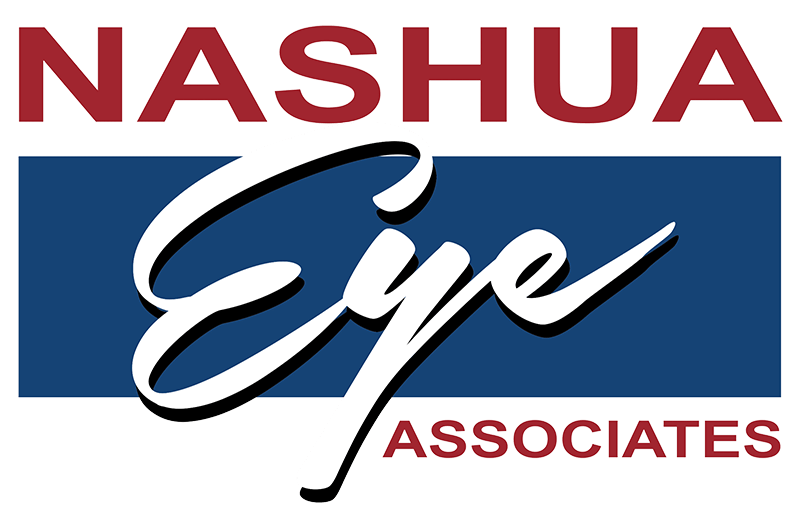Contact Lenses,Cornea,Featured

Scleral contact lenses are specialty lenses that improve vision and comfort for patients who have certain common cornea diseases; most commonly keratoconus, severe dry eye, and cornea scarring.
Scleral lenses combine the comfort and breathability of common soft contacts with the therapeutic properties of older rigid contact lenses. They have a wider diameter than typical soft lenses that are frequently used for common nearsightedness, farsightedness, or astigmatism. Whereas common soft contact lenses have a diameter of about 14 mm, the width of scleral lenses ranges from 18 to 20 mm. Common soft contact lenses cover the iris, the colored part of the eye, and only a small portion on the surrounding sclera, the white part of the eye. In contrast, scleral lenses cover the iris and extend much further onto the white sclera. This explains why these specialty contact lenses are called “scleral lenses”.
The benefit of scleral lenses is derived from their diameter. The periphery of the lenses on the sclera provides the base where the lens makes contact with the eye. This allows the center of the lens, or “optic”, to sit above, or “vault” over the cornea. The eye’s natural tear liquid fills in the space between the cornea and vaulted contact lens.
Scleral contact lenses benefit patients who have cornea disease that causes an irregularly shaped cornea. Keratoconus has been historically the most common reason for scleral lenses. Patients who have keratoconus have a cornea shaped roughly like “cone”, with a steep bottom and flat top. As light passes through an irregularly shaped cornea, the optics of a round regularly shaped cornea are lost, and light is not focused in an organized way onto the retina. Patients have blurry vision, glare, and halos that cannot be improved by glasses or common contact lenses. Scleral lenses vault over the irregular shape of a keratoconus cornea, so that light is focused by the smooth round surface of the contact, instead of the diseased cornea. The result is light being nicely focused in an organized why onto the retina.
There are a number of cornea diseases that can benefit from scleral lenses besides keratoconus: really any disease that results in a bumpy irregular ocular surface. Some patients who have severe dry eye can see clearer with a scleral lens vaulted over their dry, uneven corneas. As an added benefit, some dry eye patients are also more comfortable in a scleral lens, with the rough eye surface being masked with the large diameter scleral lens. Other patients who may benefit from scleral lenses include patients with irregular scars, including some patients with previous cornea infections, traumatized corneas, and some cornea transplant patients.
At Nashua Eye, a number of our optometrists have specific training in identifying patients who may benefit from scleral lenses and fitting them. A scleral lens fit is more involved than a common contact lens fit, because there are more variables, or parameters, to each lens. They are a truly costumized or “specialty” treatment for diseased corneas. Increasingly, insurance plans are providing benefits toward the fitting and materials for patients where scleral lenses are appropriate.




